Dabs, a potent form of THC concentrates, have surged in popularity as cannabis culture evolves. Often marketed as a “cleaner” alternative to smoking flower, dabbing appeals to users seeking rapid, intense effects. However, the rise of dabbing has sparked debates about its safety, particularly regarding addiction potential, health risks, and the chemical processes used to create these extracts. While some argue that vaporizing concentrates reduces exposure to carcinogens from combustion, medical professionals warn that the exceptionally high THC levels (often exceeding 80%) pose unique dangers.
This comprehensive guide will unpack:
Let’s dive into the complexities of dabs drug use and its implications for physical and mental well-being.
Dabs are ultra-concentrated cannabis extracts that isolate tetrahydrocannabinol (THC), the primary psychoactive compound in marijuana. Unlike traditional flower (which contains 10-25% THC), dabs can exceed 90% potency. Popular variants include:
Most dabs are produced via butane hash oil (BHO) extraction, a process where butane strips THC from plant material. Steps include:
Improper purging leaves toxic butane residues, while open-air methods risk explosions. In 2022, the National Fire Protection Association reported over 300 butane-related fires from amateur extraction attempts.
Asana Recovery works with most PPO plans, covering up to 100%. See if your insurance can help fund your journey. Click below to get a free quote.
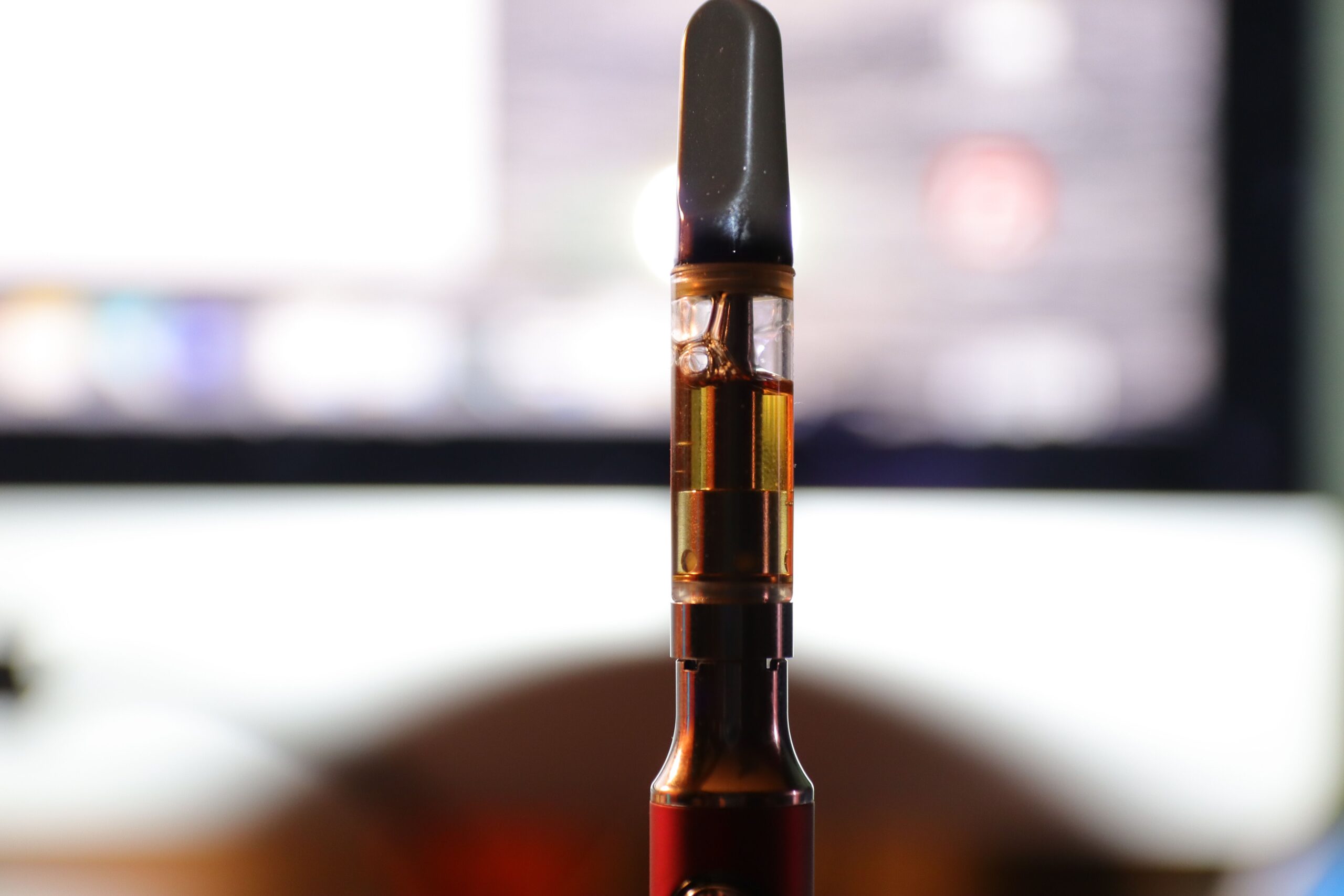
Modern consumption devices prioritize efficiency and discretion:
The entourage effect—a theory that terpenes modulate THC’s impact—is diminished in high-THC dabs, leading to overwhelming psychoactive experiences:
Dabbing THC concentrates can lead to both short-term and long-term health risks, making it crucial for users to understand the potential consequences. In the short term, many dab users experience hyperemesis syndrome, a condition that leads to cyclic vomiting, often requiring medical attention and IV rehydration. Additionally, the extremely high THC potency of dabs contributes to psychomotor impairment, meaning users may have slower reaction times and reduced coordination. In fact, a 2021 University of Colorado study found that individuals who dab scored 18% lower on driving simulators compared to those who consumed traditional cannabis flower.
Another common short-term effect is anxiety spikes. Because dabs introduce an overwhelming amount of THC into the system, the amygdala—a brain region responsible for fear processing—can become overstimulated, leading to severe paranoia and panic attacks, especially in individuals prone to anxiety disorders. Many users wonder, is dabbing safe? While some argue that vaporizing dabs reduces exposure to combustion byproducts, medical professionals emphasize that the intense psychoactive experience of dabbing carries its own unique set of risks.
Long-term dab use can lead to cannabinoid-induced neuroadaptation, where the brain’s CB1 receptors become downregulated, forcing users to consume increasingly higher doses to achieve the same effects. This is one of the primary factors contributing to dab addiction and dependency. Chronic dabbers may also experience cognitive decline, particularly in younger users whose brains are still developing. A 2023 study published in JAMA Psychiatry found that adolescents who regularly dab THC concentrates exhibit reduced hippocampal volume, impairing their ability to form and retain memories. Additionally, heavy dab use has been linked to psychiatric comorbidities, with long-term users being four times more likely to develop THC-induced psychosis compared to those who consume traditional cannabis flower.
For individuals experiencing severe dependency, dab withdrawal symptoms can include insomnia, irritability, night sweats, loss of appetite, and intense cravings. These effects make quitting dabbing particularly challenging, often requiring structured detox and professional support.
Dabbing represents a paradigm shift in cannabis consumption, offering unparalleled potency at significant neurobiological and societal costs. While proponents highlight its therapeutic potential for conditions like neuropathic pain, the lack of regulation, addiction liability, and unknown long-term effects demand caution. Emerging therapies like N-acetylcysteine (NAC) supplements and transcranial magnetic stimulation (TMS) show promise in curbing cravings and repairing cognitive damage.
If dabbing has disrupted your health or relationships, structured programs offering medical supervision, emotional skill-building, and relapse prevention tools provide the best path to recovery. Prioritize facilities with experience treating high-THC addiction, as withdrawal from concentrates often requires more intensive support than traditional cannabis dependence.
At Asana Recovery, we understand the challenges of overcoming THC concentrate dependency and the unique struggles associated with dabbing addiction. Our specialized cannabis addiction treatment programs provide a comprehensive, evidence-based approach to help individuals regain control of their lives. Through medical detox, behavioral therapy, and holistic support, we create a personalized path to long-term recovery.
If you or a loved one is struggling with dab addiction or withdrawal symptoms, don’t wait—reach out to Asana Recovery today. Our team is here 24/7 to provide guidance, support, and the professional care needed for a successful recovery journey. Call us now or visit our website to start your path to healing.
We get it. Addiction recovery is tough. That’s why our programs are founded and staffed by people in recovery – people who truly understand.
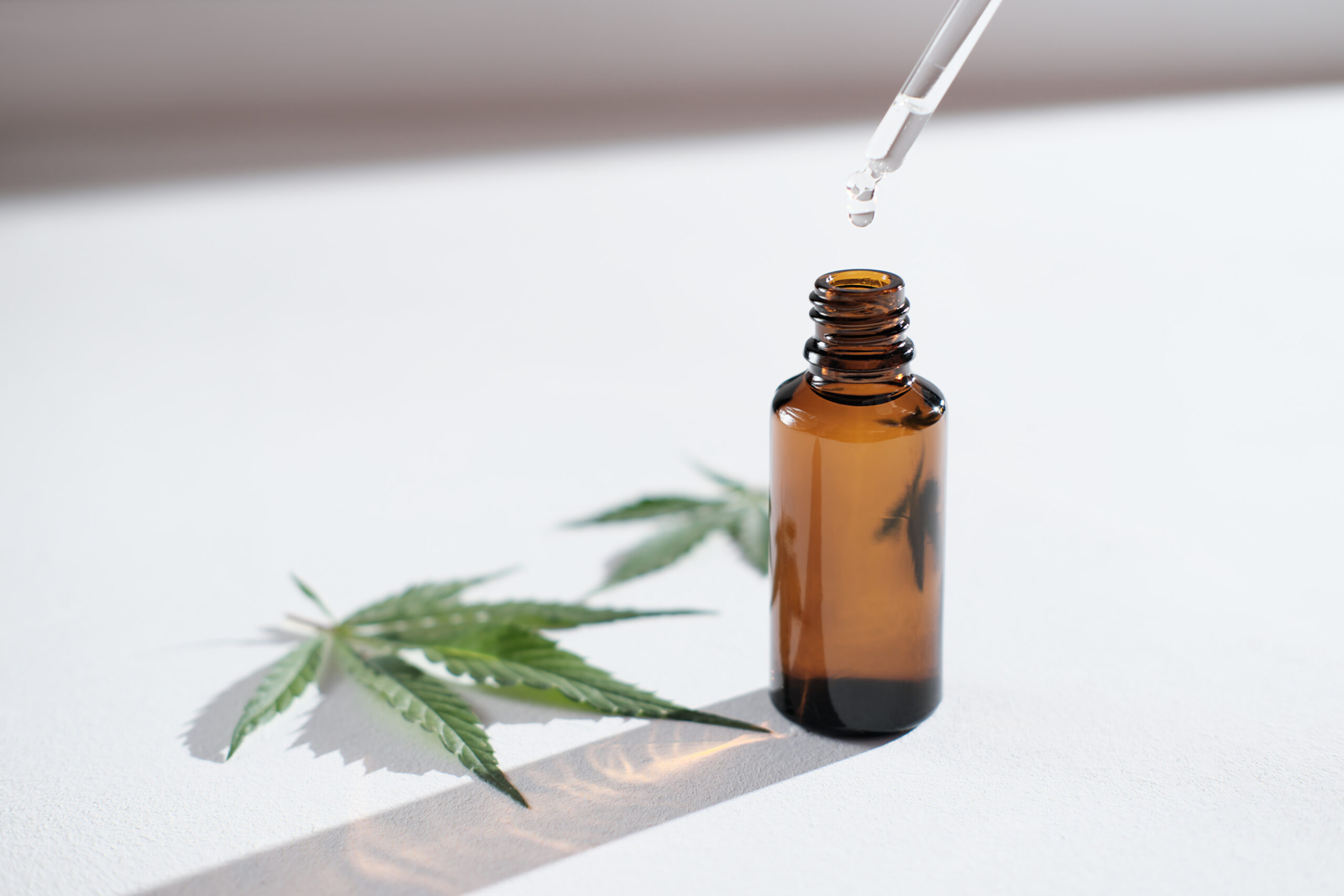
Dabs are highly concentrated THC extracts that deliver a significantly stronger high compared to traditional cannabis flower. While marijuana flower typically contains 10-25% THC, dabs can exceed 90% THC, making them much more potent and potentially more addictive.
Yes, dabs can pose greater risks due to their high THC concentration. Smoking marijuana involves lower THC levels and a slower onset of effects, while dabbing introduces rapid and intense psychoactive reactions, which may lead to paranoia, anxiety, or hallucinations.
Yes, frequent dabbing can lead to THC dependency. Chronic use alters brain chemistry by downregulating CB1 receptors, requiring higher doses to achieve the same effects. Many users experience withdrawal symptoms, such as irritability, insomnia, loss of appetite, and cravings when attempting to quit.
Dabs can be detected in drug tests for different periods depending on factors such as frequency of use, metabolism, and body fat percentage:
Short-term effects include rapid heart rate, dizziness, nausea, paranoia, impaired coordination, and short-term memory loss. Some users also experience cannabinoid hyperemesis syndrome (CHS), which leads to uncontrollable vomiting.
Long-term dab use is linked to cognitive decline, THC-induced psychosis, respiratory issues, and increased risk of addiction. Adolescents who regularly use dabs have been shown to have reduced hippocampal volume, which impairs memory and learning abilities.
While a THC overdose is not fatal, excessive consumption can cause severe paranoia, hallucinations, vomiting, and loss of consciousness, a condition known as “greening out.” In some cases, users require emergency medical attention due to extreme psychological distress.
Quitting dabs can be challenging, especially due to withdrawal symptoms like insomnia and cravings. Seeking professional help at Asana Recovery can provide medical detox, behavioral therapy, and holistic support to manage withdrawal and prevent relapse.
Take your first step towards lasting recovery. At Asana, we offer effective, insurance-covered treatment for addiction and mental health, guided by experts who understand because they’ve been there. Start your healing today.
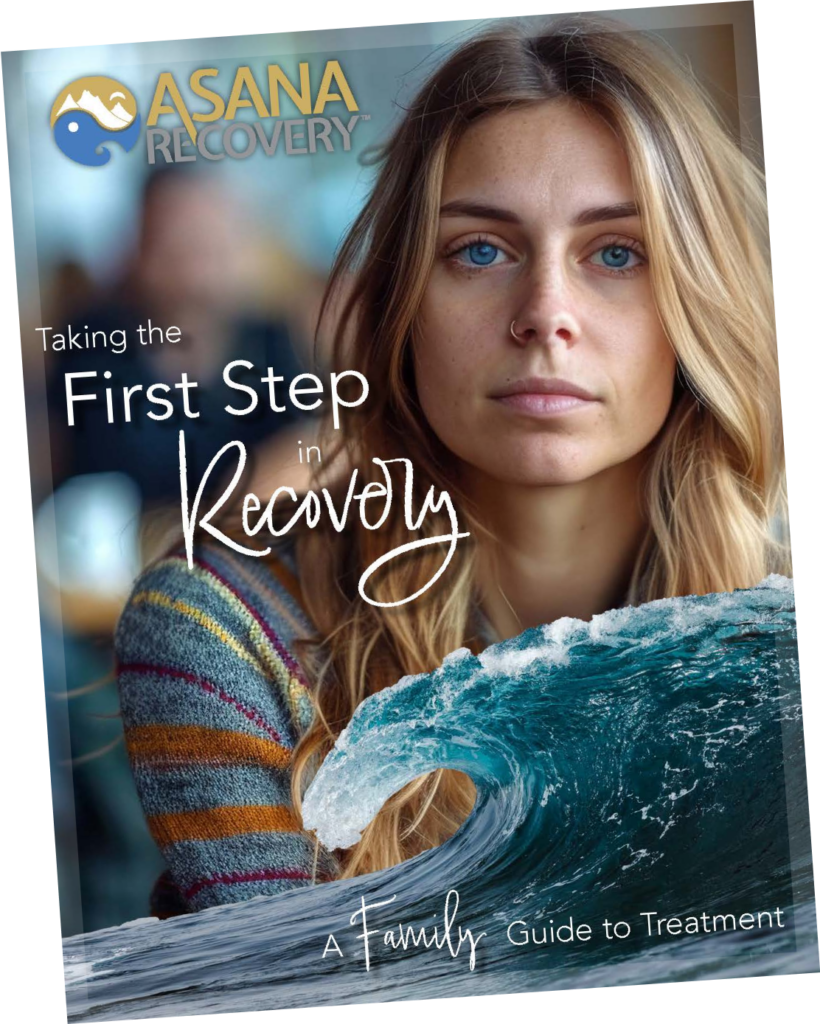
This book has helped so many men and women; and we want to give it you for FREE. Get signed up today and discover how to unlock the grip of addiction and get back to living your best life.
In this book, you’ll discover…
— The Most Common Misconceptions About Addiction and Rehab
— Why Rock Bottom is a Myth and What You Can Do About It
–The Steps to Healing From Trauma, Both Mentally and Emotionally
–And much more!
© Copyright 2024 Asana Recovery™ | All Rights Reserved | Privacy Policy
You could save up to 100% of your treatment using your Insurance.
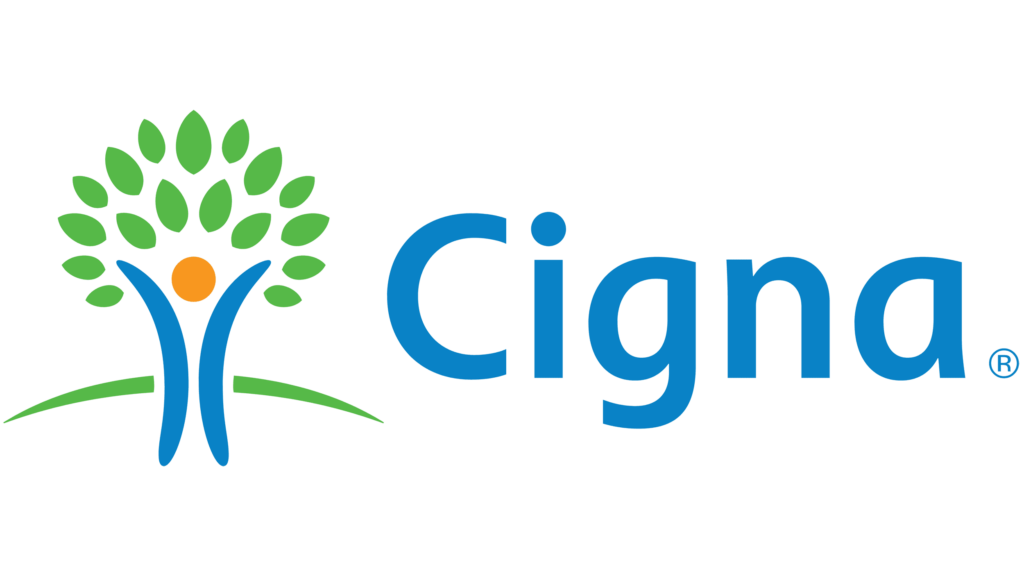
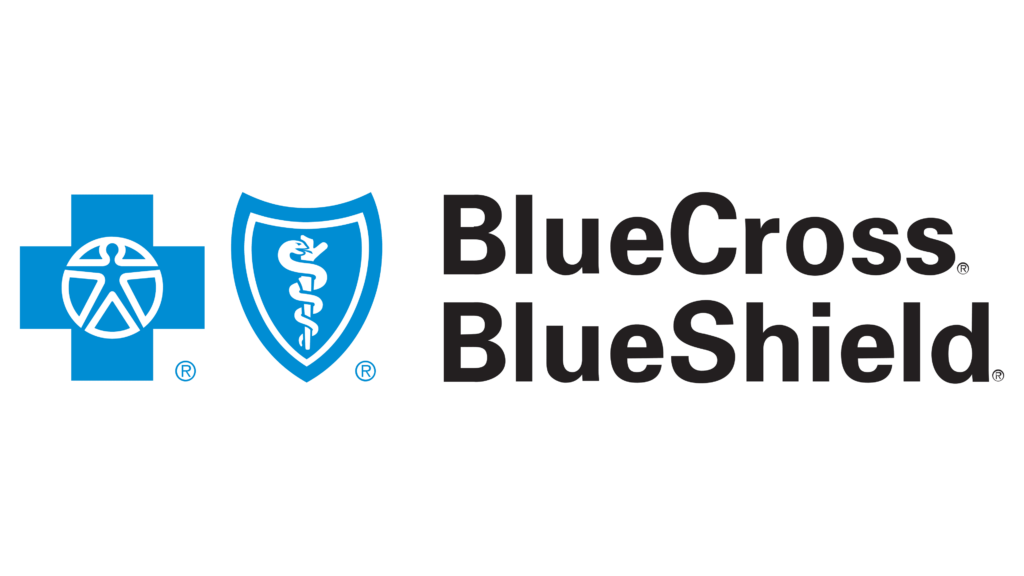


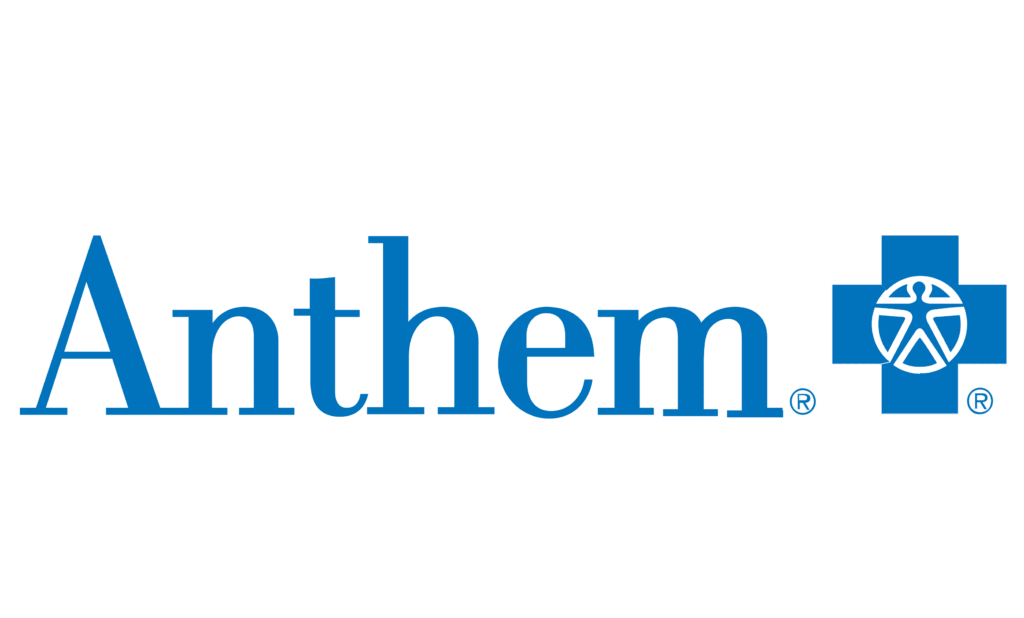
By submitting this form, you agree to Asana Recovery’s Privacy Policy. You also consent to Asana Recovery contacting you by phone, text message, and email regarding your insurance benefits and treatment services. You acknowledge that text messaging may involve risks, authorize the use of your Protected Health Information (PHI) for these communications, and understand you can opt-out of text messages at any time by replying “STOP”.
Asana Recovery
We firmly believe that the internet should be available and accessible to anyone, and are committed to providing a website that is accessible to the widest possible audience, regardless of circumstance and ability.
To fulfill this, we aim to adhere as strictly as possible to the World Wide Web Consortium’s (W3C) Web Content Accessibility Guidelines 2.1 (WCAG 2.1) at the AA level. These guidelines explain how to make web content accessible to people with a wide array of disabilities. Complying with those guidelines helps us ensure that the website is accessible to all people: blind people, people with motor impairments, visual impairment, cognitive disabilities, and more.
This website utilizes various technologies that are meant to make it as accessible as possible at all times. We utilize an accessibility interface that allows persons with specific disabilities to adjust the website’s UI (user interface) and design it to their personal needs.
Additionally, the website utilizes an AI-based application that runs in the background and optimizes its accessibility level constantly. This application remediates the website’s HTML, adapts Its functionality and behavior for screen-readers used by the blind users, and for keyboard functions used by individuals with motor impairments.
If you’ve found a malfunction or have ideas for improvement, we’ll be happy to hear from you. You can reach out to the website’s operators by using the following email
Our website implements the ARIA attributes (Accessible Rich Internet Applications) technique, alongside various different behavioral changes, to ensure blind users visiting with screen-readers are able to read, comprehend, and enjoy the website’s functions. As soon as a user with a screen-reader enters your site, they immediately receive a prompt to enter the Screen-Reader Profile so they can browse and operate your site effectively. Here’s how our website covers some of the most important screen-reader requirements, alongside console screenshots of code examples:
Screen-reader optimization: we run a background process that learns the website’s components from top to bottom, to ensure ongoing compliance even when updating the website. In this process, we provide screen-readers with meaningful data using the ARIA set of attributes. For example, we provide accurate form labels; descriptions for actionable icons (social media icons, search icons, cart icons, etc.); validation guidance for form inputs; element roles such as buttons, menus, modal dialogues (popups), and others. Additionally, the background process scans all the website’s images and provides an accurate and meaningful image-object-recognition-based description as an ALT (alternate text) tag for images that are not described. It will also extract texts that are embedded within the image, using an OCR (optical character recognition) technology. To turn on screen-reader adjustments at any time, users need only to press the Alt+1 keyboard combination. Screen-reader users also get automatic announcements to turn the Screen-reader mode on as soon as they enter the website.
These adjustments are compatible with all popular screen readers, including JAWS and NVDA.
Keyboard navigation optimization: The background process also adjusts the website’s HTML, and adds various behaviors using JavaScript code to make the website operable by the keyboard. This includes the ability to navigate the website using the Tab and Shift+Tab keys, operate dropdowns with the arrow keys, close them with Esc, trigger buttons and links using the Enter key, navigate between radio and checkbox elements using the arrow keys, and fill them in with the Spacebar or Enter key.Additionally, keyboard users will find quick-navigation and content-skip menus, available at any time by clicking Alt+1, or as the first elements of the site while navigating with the keyboard. The background process also handles triggered popups by moving the keyboard focus towards them as soon as they appear, and not allow the focus drift outside it.
Users can also use shortcuts such as “M” (menus), “H” (headings), “F” (forms), “B” (buttons), and “G” (graphics) to jump to specific elements.
We aim to support the widest array of browsers and assistive technologies as possible, so our users can choose the best fitting tools for them, with as few limitations as possible. Therefore, we have worked very hard to be able to support all major systems that comprise over 95% of the user market share including Google Chrome, Mozilla Firefox, Apple Safari, Opera and Microsoft Edge, JAWS and NVDA (screen readers).
Despite our very best efforts to allow anybody to adjust the website to their needs. There may still be pages or sections that are not fully accessible, are in the process of becoming accessible, or are lacking an adequate technological solution to make them accessible. Still, we are continually improving our accessibility, adding, updating and improving its options and features, and developing and adopting new technologies. All this is meant to reach the optimal level of accessibility, following technological advancements. For any assistance, please reach out to